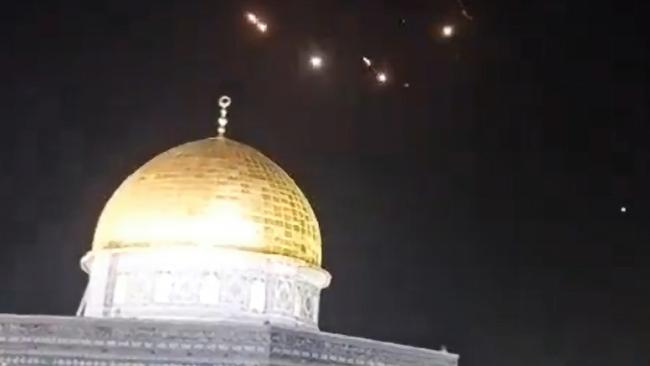
In my apartment in Jerusalem, listening to the booms of the interceptors in the night sky, I thought about the many milestones in Israel’s long confrontation-by-proxy with the Islamic Republic that had led to this moment. The security zone war against Hezbollah from 1985-2000. The local Islamist insurgency of 2000-04 we still call the Second Intifada. The war of 2006. The various campaigns in Gaza culminating in the war that began on October 7, 2023. All leading up to this moment when the Iranians chose to dispense with the maintenance of deniability, and confront Israel head-on.
So, yes, a historic moment. But, while the Islamist rulers of Iran have without doubt knowingly crossed a strategic Rubicon with their decision to directly target Israel, the details of the attack suggest their preferred hope is now to return to their former preferred pattern of war by proxy. The remaining question is whether Israel will grant them this.
Tehran has for 40 years been engaged in a campaign of indirect war against the Jewish state.
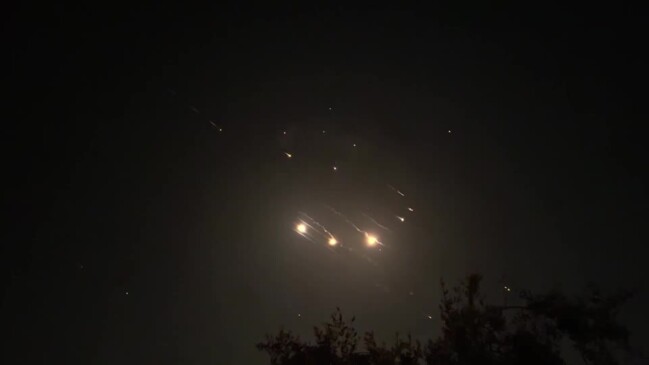
The roots of this campaign precede the Islamic Revolution of 1979. Commitment to the return of Jerusalem to Islamic rule formed a key article of faith for the Islamist revolutionaries who came to power in that year. The application of the “death by a thousand cuts” strategy began in 1982, with the agitation leading to the foundation of the Lebanese Hezbollah organisation, and its launch of insurgency against Israel in the south of that country.
Proxy warfare has served Iran well. Thanks to the estimable skills of the Islamic Revolutionary Guard Corps and its expeditionary Quds Force, its chosen instruments in this realm, the Iranian regime today exercises de facto control over a broad swath of the Arabic-speaking world. Taking advantage of the dysfunctional governance that afflicts Arab countries, Iran has adopted a practice of hollowing out these areas, taking control of or brushing aside local players, and achieving power by remote control.
Four decades of effort of this kind have brought Iran freedom of movement and operation in Yemen, Iraq, Syria, Lebanon, and Gaza. Three of these countries – Iraq, Syria and Lebanon – together constitute the land area between Iran and Israel. Tehran has been steadily consolidating its control by proxy over these areas in the past decade, taking advantage of strife and partial state collapse in all of them.
As a result, Tehran today has two proxy armies arrayed on Israel’s borders: Hezbollah to the north in Lebanon; Hamas to the south in Gaza. The purpose of these armies and the other allied militias is to subject the Jewish state to a kind of death by a thousand cuts. According to this strategy, endless low-intensity warfare, with occasional high-intensity episodes such as the Lebanon war of 2006 and the current war in Gaza, combined with political agitation to foster internal instability will over time render Israel unviable, and bring about its collapse.

In recent years, Israel has been engaged in its own undeclared campaign against this project. This effort used to be called the “war between wars”. No one calls it that anymore. We are very clearly no longer “between wars”. But this covert campaign, involving the use of air power, intelligence and special forces, was intended to challenge, frustrate and set back the Iranian effort without leading to direct confrontation between the countries.
It is evident that since October 7, Israel has abandoned the idea of keeping its response largely to the covert realm. It has also clearly decided to abandon adherence to the polite fiction that Iran’s proxies are independent forces. Rather, with the targeting of the Iranian controller of Iran’s proxy effort in Lebanon and Syria, General Mohammed Reza Zahedi, Israel signalled that rather than submit to slow bleeding by Iran’s proxies, it would strike back directly at the hand that controlled them.
This move by Israel placed Iran in a dilemma. While it prefers, as the ungenerous Israeli saying has it, to “fight to the last Arab”, it risked appearing weak should it fail to respond in a telling way. The direct attack of April 13 was the result. Yet the telegraphing ahead of time, the restriction to military sites, the use of slow-moving drones providing ample time to prepare defences seem to indicate a desire to avoid major impact.
The swift statement from the Iranian UN delegation that the matter can now be “deemed concluded” indicates that having saved face to its own satisfaction, Iran now hopes to get back to the proxy warfare strategy. In this way, the attacks resemble (albeit on a much larger scale) the limited and low-result Iranian targeting of US bases at ain al Asad and Erbil in Iraq, following the killing by the US of Quds Force commander Qassem Soleimani in 2020.
The question now is whether Israel will be willing to grant the Iranians their evident wish. The Iranians, by moving out of the shadows to centre stage, have rendered themselves vulnerable. In the conventional realm, their capacities are inferior to those of Israel, as demonstrated by the performance of the air defence systems on Saturday night. But if Israel wants to respond, it faces a diplomatic campaign no less important than the military one, given the apparent desire of the US administration also to draw a line under the affair. The ball is now in Israel’s court. And the question is whether the killing of Mohammed Reza Zahedi represented part of a clear and determined Israeli strategy to dispense with fictions and confront at last the Iranian enemy in the open, or whether it was a tactical move, deriving from a moment of opportunity. We will soon know the answer.


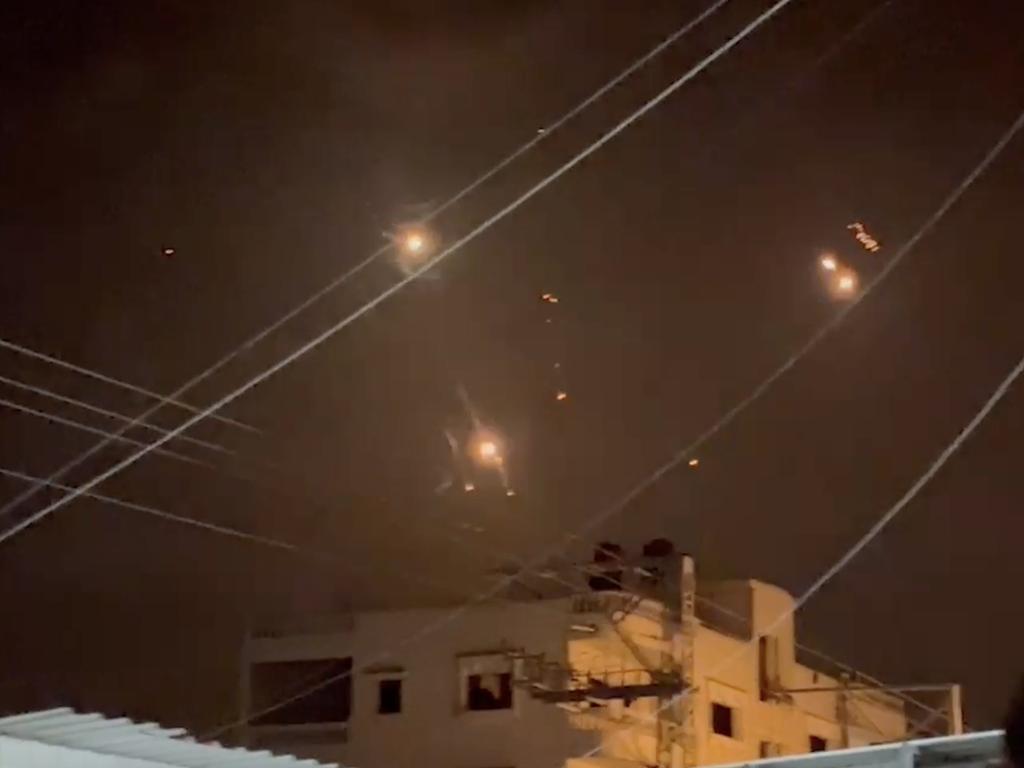
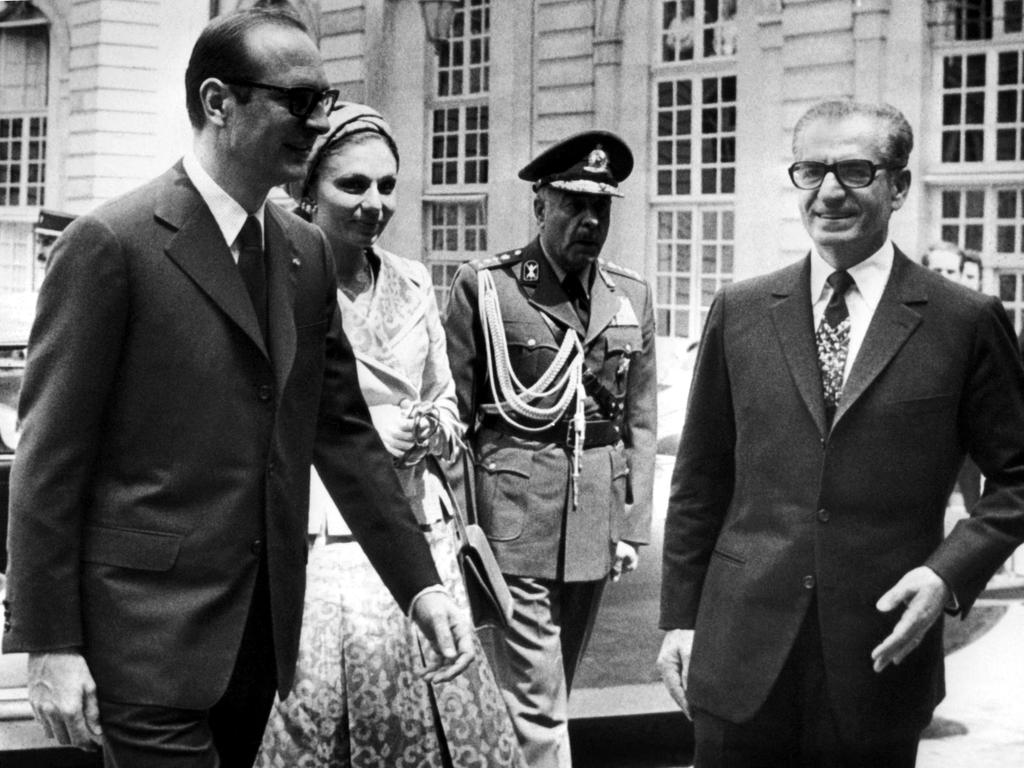
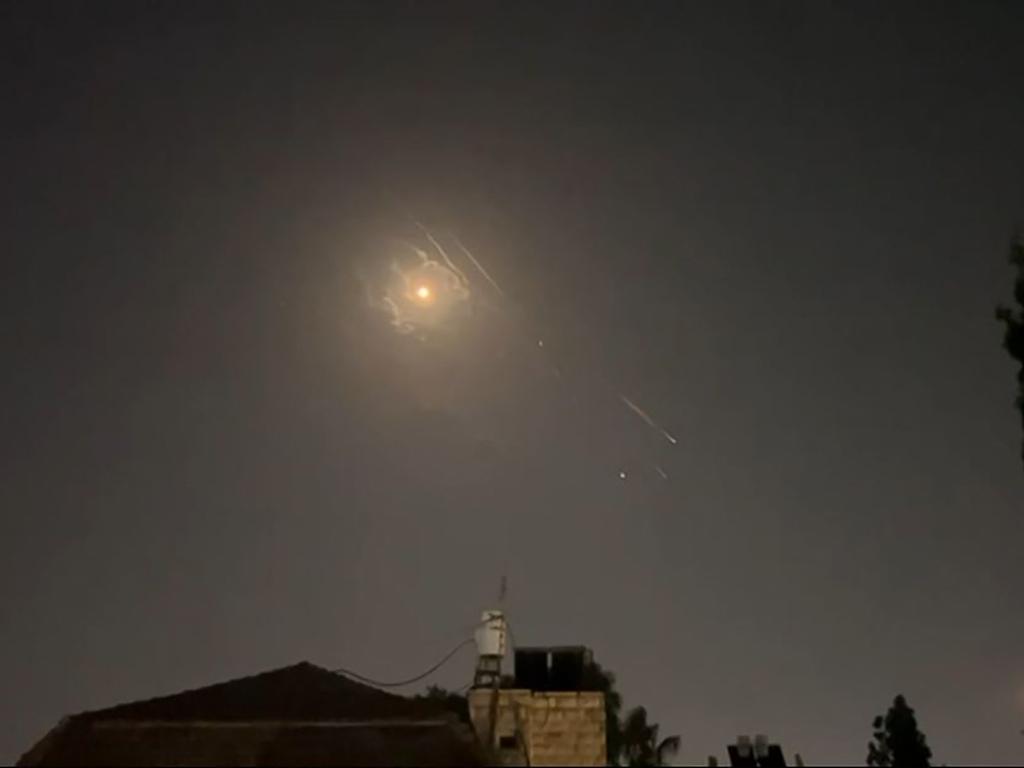
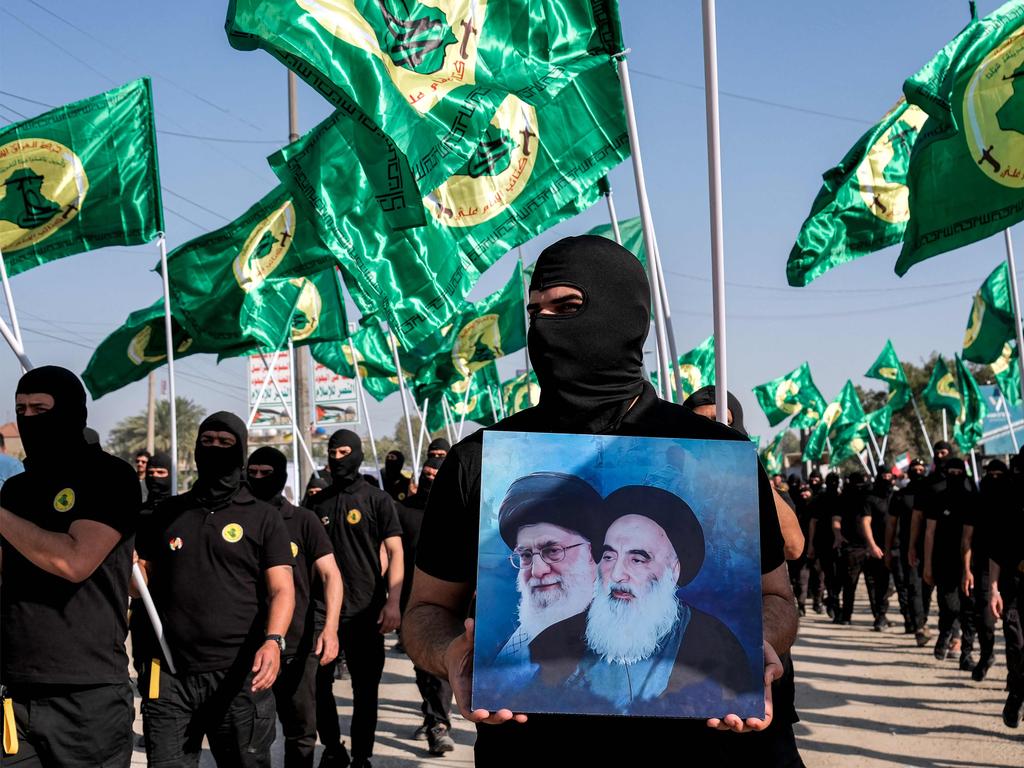


Iran’s direct attack on Israel on the night of April 13 marks a moment of historic change. The 185 drones, 36 cruise missiles and 110 surface-to-surface missiles, launched from Iranian soil, from Iraq and from Yemen are the point at which Tehran’s long campaign against the Jewish state left the realm of ambiguity and feint, and entered the overt stage.